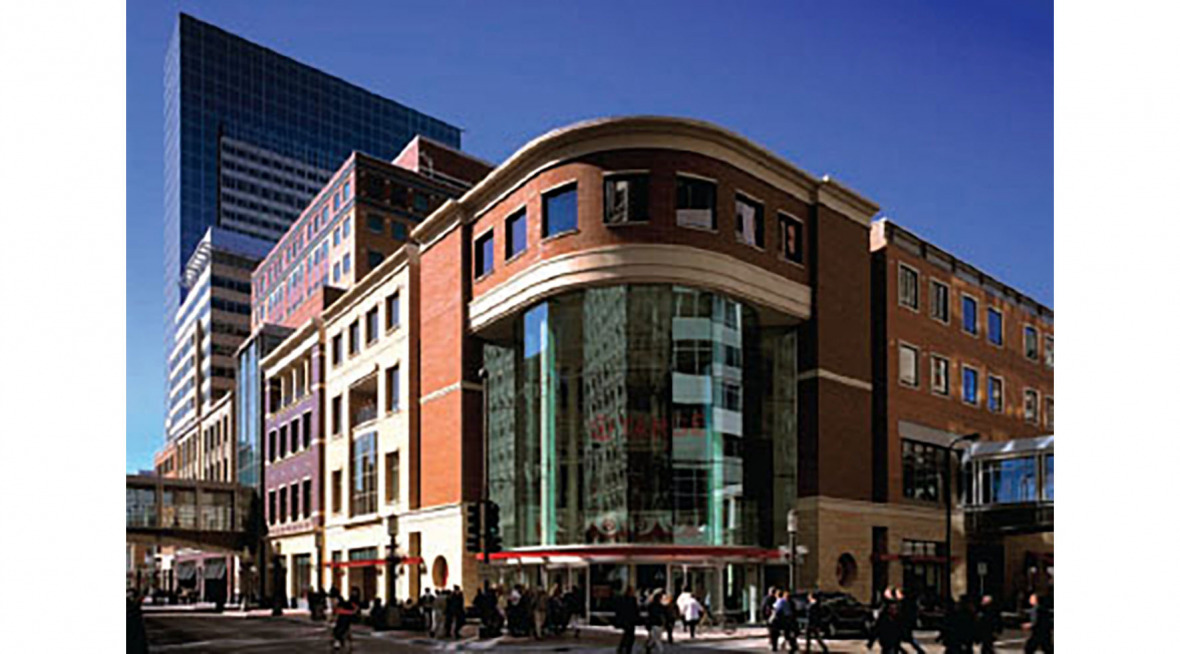
A work of Architecture must reinforce the form of the community it serves. This is my job as an architect. I perform this work not alone, but with many others and I do this from a point of view that is respectful of the collective history of architecture. My work cannot be confined to a single style because I believe real “modernism” is the knowledge and use of the past – not just the last fifty years of architectural history.
My work includes the whole of architectural expression. The engine of my work is not just computers and pencils but instead is based on a process of continuous discovery and testing of what is unique about a particular place.
Understanding the nature of a place is the most important aspect of creating an essential community work of architecture. Only by listening to the heartbeat of the community – and strengthening it – can the work of the individual architect be collective. To work this way I have given up individual expression in favor of making places of commonality, whether building or street, working with all of history instead of being current, acting on behalf of the community I serve.

My work is our work – which is the work of making architecture. It grows from the individual mind into collective need where it becomes impossible to separate one from the other. As architects, we all begin our careers with the notion that architecture is an individual and personal expression until we begin to practice. Practice teaches us that we must work with others who have important ideas, like our clients and our community. Most of us are not taught to consider different points of view as an aspect of how a work of architecture comes into being. Our education often does not provide us with the tools to be inclusive.
In both the office and at the university, I teach that a work of architecture is much more than a statement of artistic process. To be successful, a work of architecture cannot be selfish or exclusive – but instead must open up to the broadest participation, interpretation and respect for all within our communities. I am committed to collective thought, social and physical sustainability, and teaching as a primary engine for all my work and the underlying philosophy that a work of architecture is an expression of community.
About Mic
A gifted and collaborative design architect, Mic Johnson has been associated with Ellerbe Becket for 14 of his 30 years of practice. In his tenure with the firm, he has led design teams for some of the firm’s most notable projects. He returned to Ellerbe Becket in January 2006 after spending three years as a principal of RSP Architects.
Mic is consistently focused on creating great buildings that are on target for each client and each site. His portfolio spans a variety of building types and has been widely honored through awards and publication. Mic’s past work with Ellerbe Becket includes Target Plaza South; 900 Nicollet mixed-use (both in Minneapolis); Yonsei University Medical Center’s New Severance Hospital and Samsung Medical Center Cancer Center in Seoul, Korea; Dubai Healthcare City University Teaching Hospital in the United Arab Emirates and at the University of Minnesota: the renovation of Coffman Memorial Union; the new Mark G. Yudof Residence Hall and the Washington Avenue Pedestrian Bridges. While with RSP Architects, Mic led the design team for the Wells Fargo Home Mortgage Minneapolis Campus Expansion and Target Northern Campus Building D exterior.

Throughout his professional career, the majority of Mic’s work has been focused in urban areas or within a campus environment. He is extremely skilled at community engagement in the design process and understands how the built environment can be enhanced through thoughtful design strategies. For the past four years, Mic has taught graduate-level design studios at the University of Minnesota’s College of Design that are focused on designing within the urban context, and has served as a visiting design critic and lecturer at universities across the country. Mic earned a Bachelor of Architecture from the University of Oregon and is a registered architect.

